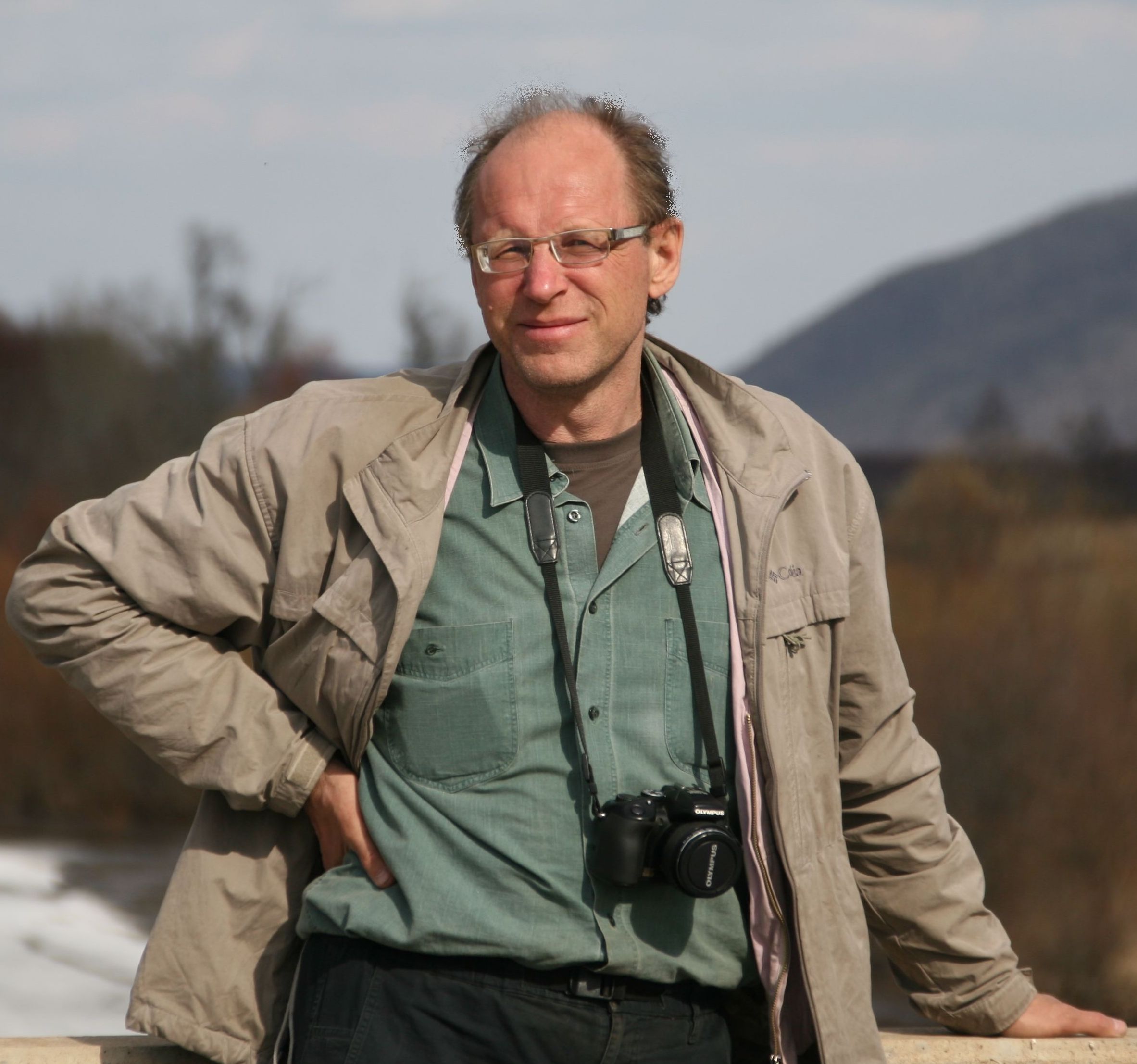The article reveals the main stages of the study of the most ancient zoomorphic samples of mobile art and their interpretation as religious phenomena. The content of the article covers the territory of Western and Central Europe. Figurative zoomorphic sculptures of the Early Aurignac period testify to the existence of the Upper Paleolithic zoolatry already in this initial period. Zoolatria, a religiously motivated veneration of animals, was woven into other early forms of religious beliefs and practices. Zoolatry found expression in various types of magical actions. One evidence of this is the intentionally deformed animal figures. However, most modern researchers agree that zoolatry cannot be reduced only to the beliefs and practices of hunting magic. Figurative images are the building blocks of imagination, paving the way for mythology. Therioanthropomorphic images are of particular importance. Zooanthropomorphic and therioanthropomorphic images indicate the existence of mythological representations in some local communities. In different local communities, mythological representations, the characters of which were zoo- and zooanthropomorphic creatures, were different. The mythological therioanthropomorphic images of creatures of a different nature in relation to people and animals corresponded to the mythological image of a special space in which there was a reality similar to them – the reality of other being, which dominates the everyday reality of human existence. The existence of ideas about other being as superreality is a defining sign of religion. Based on the materials of zoo- and zooanthropomorphic samples of mobile art in Western and Central Europe, the presence of religion in the forms of developed zoolatria dates from the early Aurignac, with a time of about 40 000 calendar years ago.
Keywords: mobile art, sculpture, engraving, Upper Palaeolithic, Aurignacian, religion, zoolatry, symbolic culture
DOI: 10.22250/2072-8662.2020.1.5-28
About the author
 |
Andrey P. Zabiyako – DSc (Philosophy), Full Professor, Head of the Department of Religious Studies and History,
|






